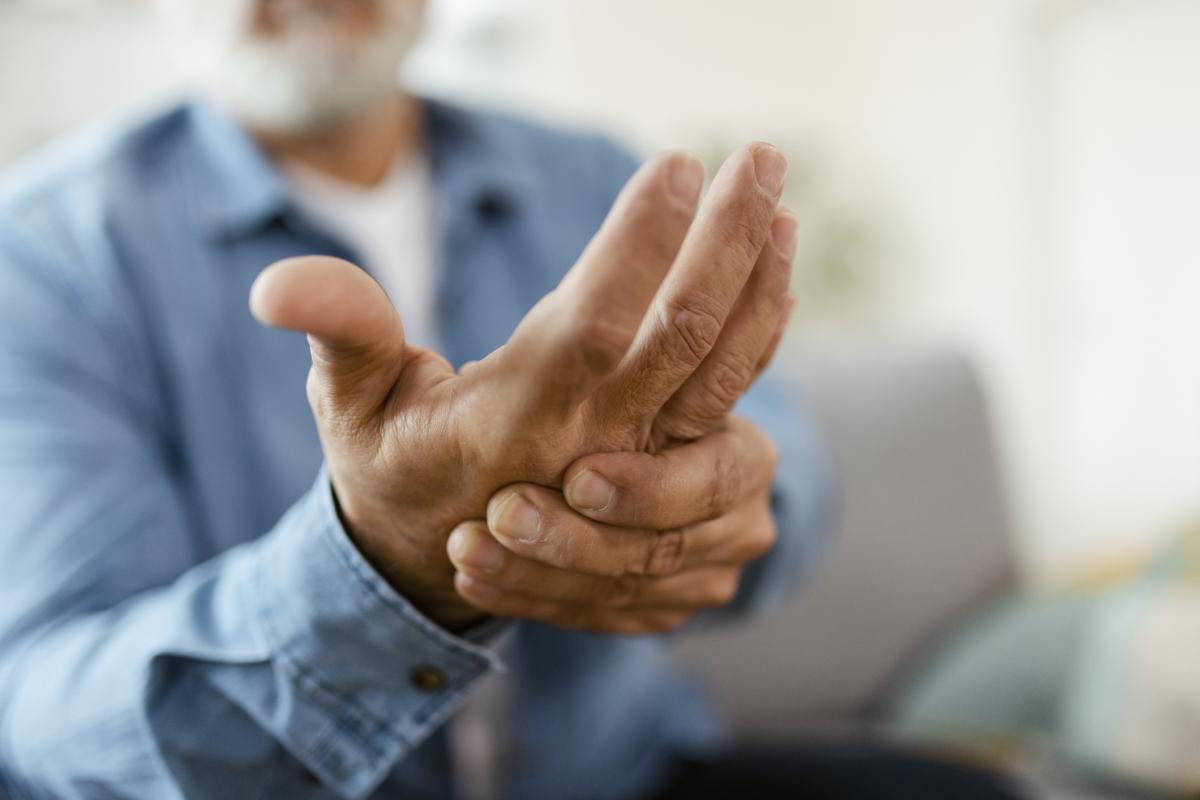The basics of rheumatoid arthritis

Rheumatoid Arthritis (RA) is a chronic, autoimmune disorder characterized by symmetric joint swelling. It affects males or females at any age and occurs in approximately 1% of the population. RA seems to occur two to three times as frequently in females, and generally occurs between the ages of 40-75.

What Causes Rheumatoid Arthritis?
The cause of Rheumatoid Arthritis is unknown, but thought to have multiple factors. Genetics, hormones, and environmental factors all play a role in the disease. Viral infections, cigarette smoking and obesity are also felt to increase the odds in genetically susceptible individuals.
What Areas of the Body Does it Impact?
Rheumatoid Arthritis affects nearly all joint areas with the exception of the thoracic and lumbar spine.
- It affects the small joints of the hands, feet, wrists, ankles, knees, hips, elbows, shoulders and cervical spine. (It does not affect the spine, with the exception of the top of the cervical spine)
- It may involve organs outside the skeletal system including the eyes, skin and lungs.
- It may cause fever, weight loss, and fatigue.
- It may affect the heart, skin, lungs, nerves, eyes, and spleen/lymph nodes.
- Symptoms outside the musculoskeletal symptom are generally seen in patients with positive RA blood levels (rheumatoid factor and anti-CCP antibody).
What Are the Symptoms?
Symptoms of Rheumatoid Arthritis include:
- Joint pain/swelling and gelling (worsening of joint symptoms with rest or overnight, generally more than an hour).
- Symptoms may develop abruptly or gradually over time.
- In contrast to Osteoarthritis, Rheumatoid Arthritis is generally symmetric and involves the knuckles at the base of the fingers (metacarpophalangeal joints), toes (metatarsophalangeal joints) and wrists.
What Should I Do If I Notice Symptoms?
With inflammatory arthritis, the sooner you seek care and initiate therapy, the better the outcome. If you notice symptoms of joint pain or swelling, you should be evaluated by your primary care provider. They may recommend additional studies, or referral for additional care or testing (rheumatology, physical therapy, and orthopedics).
How is RA Diagnosed and Treated?
The diagnosis of arthritis (regardless of type) consists of a thorough history and physical exam. Testing may include lab, x-ray, CT, or MRI based on clinical symptoms and exam. RA is not curable, but current treatment options are often very effective in slowing disease progression and may result in clinical remission of symptoms.
What Can I Do At Home?
Taking good care of your health in general is important. Pay attention to your physical, mental, emotional and spiritual health every day. In general, inflammatory arthritis requires prescription therapy to slow the progression of disease and prevent deformities.
Primary aspects of RA home therapy would include:
- Staying active with daily exercise (often under the guidance of a trainer or therapist)
- Losing excess weight
- Maintaining your healthy body weight
- Quit smoking
Depending on the type of arthritis, the following may also be helpful:
- Creams
- Heat/cold therapy
- OTC pain medications




